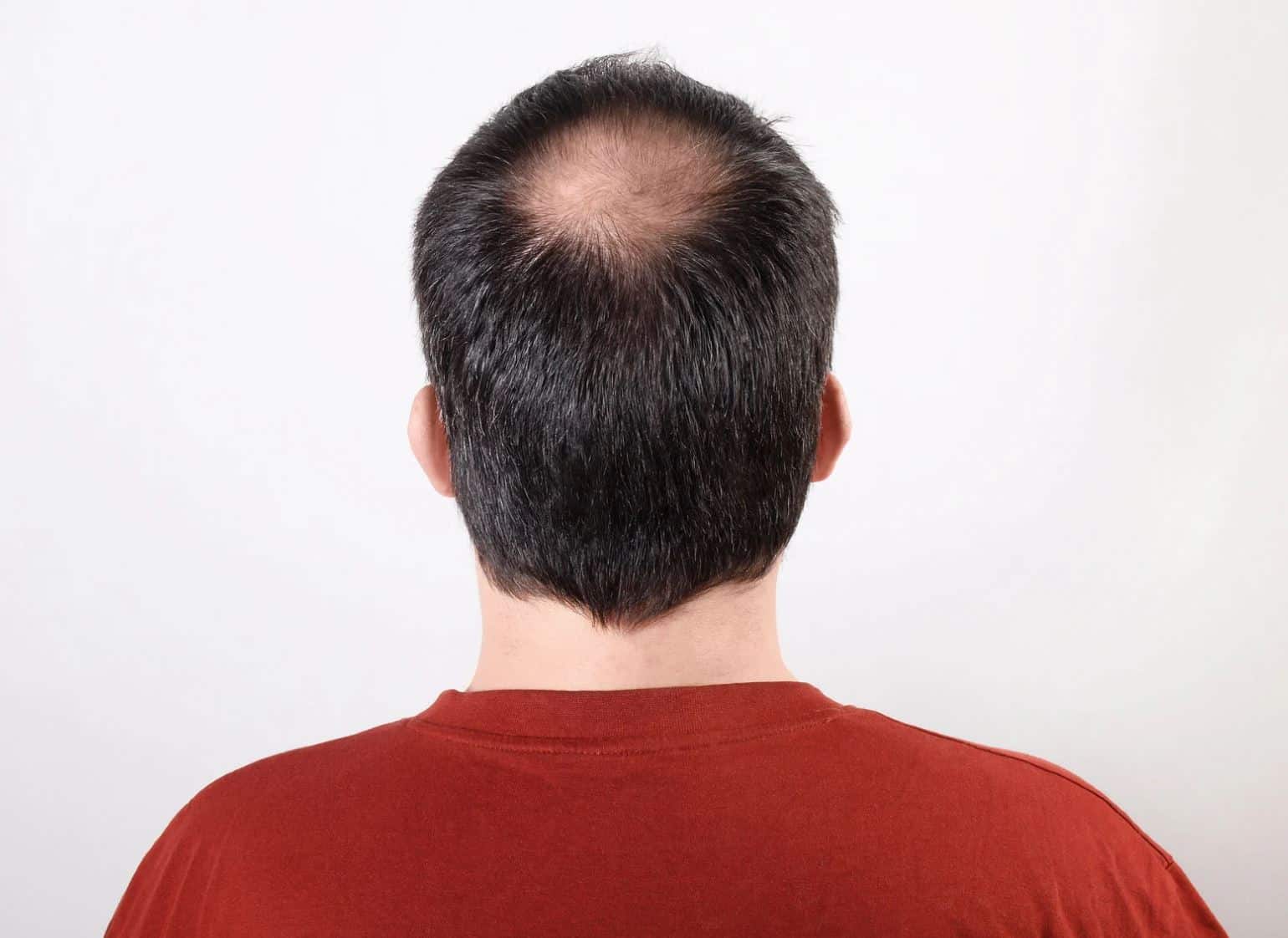Starting a hair loss treatment like Propecia (finasteride) can feel like a leap of faith—especially when you don’t see results right away. Many people expect quick improvements, but the reality is that Propecia takes time to show noticeable changes, and that timeline can vary from person to person.
If you’ve been wondering why your progress is slower than expected, you’re not alone. Let’s break down the reasons Propecia might take longer to work, including how individual factors, common mistakes, and the balance between patience and progress all come into play.
Individual Factors That Affect How Quickly Propecia Works
One of the biggest reasons Propecia doesn’t produce the same results for everyone comes down to individual biology. Here are some key factors that can influence how long it takes to see improvements:
- Age: Younger patients tend to respond more quickly to Propecia because they usually have more active hair follicles and less severe miniaturization. The earlier treatment starts, the better the chance of slowing or reversing hair loss.
- Genetics: If you have a strong family history of hair loss, your body might be more sensitive to DHT (dihydrotestosterone), the hormone that Propecia blocks. While Propecia can still be effective, you might need a longer treatment period to see visible changes.
- Severity of Hair Loss: Propecia is most effective in early to moderate stages of male pattern baldness. If hair thinning has been progressing for several years, regrowth may be limited, and improvements will focus more on slowing further loss than restoring lost density.
- Response Rate: Not everyone responds to finasteride in the same way. While many patients see results within 6 to 12 months, others may need a longer timeframe—or a more comprehensive treatment plan—to get meaningful outcomes.
Common Mistakes That Can Delay Results
Sometimes, the delay isn’t just biological—it can come down to how the treatment is used. Here are a few mistakes that can stall progress:
- Inconsistent Use: Propecia must be taken daily and consistently to be effective. Skipping doses or stopping and restarting can interrupt hormonal regulation and reduce results.
- Stopping Too Soon: It’s easy to get discouraged when nothing seems to change after a few months, but stopping early can reverse any gains made. Most doctors recommend continuing treatment for at least 12 months before evaluating effectiveness.
- Not Managing Expectations: Propecia is not a miracle cure. It won’t bring back hair overnight, and it doesn’t work equally well on all areas of the scalp. Many patients mistakenly think it’s not working simply because they don’t see dramatic regrowth.
- Ignoring Complementary Treatments: Sometimes, Propecia works best when paired with other therapies like minoxidil, PRP, or laser therapy. Ignoring a multimodal approach can limit your success.
At Shapiro Medical Group, we emphasize personalized care plans that combine medical therapies for the best possible results. You can learn more about these options on our Medical Therapy page.
Patience vs. Progress: What You Should Look For
The biggest key to success with Propecia is patience—but that doesn’t mean you should wait blindly. Understanding what kind of progress to expect can help you stay motivated and stick with the process.
Here’s a general timeline of what you might experience:
- 0–3 Months: It’s common to see no visible change, and some patients may even experience temporary shedding. This is often a sign that older hairs are making way for newer, healthier growth.
- 3–6 Months: You might notice less shedding and possible stabilization of your hairline or crown. It’s a subtle but important sign that the medication is beginning to work.
- 6–12 Months: This is when most people begin to see real improvements, such as thicker hair and better scalp coverage. Progress photos can help highlight these changes.
- 12 Months and Beyond: Continued use may lead to further thickening and more defined improvements in hair quality. Many patients stay on Propecia long term to maintain their results.
It’s important to keep in mind that hair grows in cycles, and Propecia works by altering those cycles gradually. Tracking your progress with regular photos and check-ins with your doctor can help you stay on course.
The Bottom Line
If Propecia seems to be taking longer than expected, don’t panic. Hair restoration is a journey, and several factors—including your age, genetics, and consistency—affect how fast you’ll see results. Mistakes like stopping too soon or skipping doses can slow your progress, but with the right expectations and a commitment to the process, Propecia can be a powerful tool for maintaining and improving hair growth.
At Shapiro Medical Group, we believe in a tailored, evidence-based approach to hair restoration. Whether you’re just starting Propecia or considering a full treatment plan, our team is here to guide you every step of the way.
To explore more options that can complement or enhance your results, visit our Medical Therapy page.



